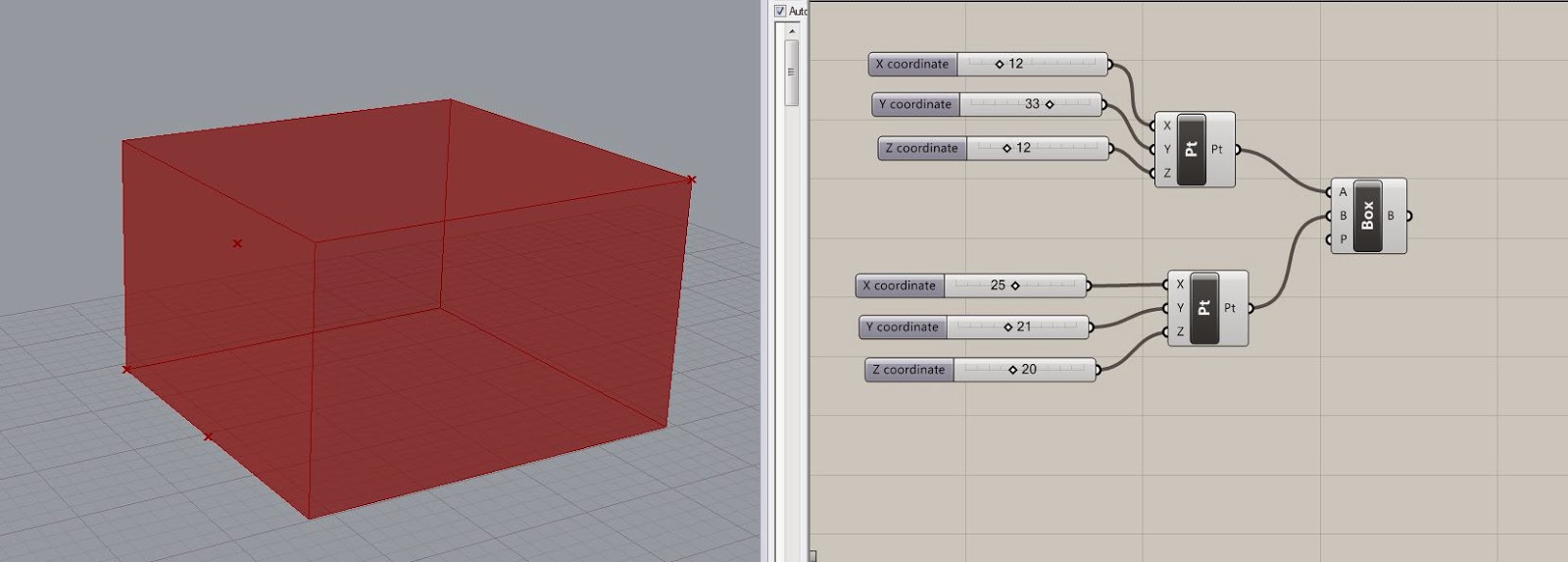These first two renderings shoe what the surface and modules would look like together from the inside of the building. With the way that the surface is positioned, the internal space is affected two different ways: on one floor the surface protrudes into the space, and in the other there is space created between the surface and the floor slab. The latter of the two created a spatial connection between two floors.
I used the inspiration of a string pulled in a dress to create the illusion of tightening and bulging on the surfaces. Where the surface is pulled in, I imagine that the entrance could be located there, drawing visitors into the building. As the pull continues, moment is implied within the building across the surface.
The last two images demonstrate the surface being viewed from opposite perspectives. From the first angle, more light would be let in between each series compared to the second angle where less light is let in. This is due to the rotation of the geometry module and direction it faces in each series.
Going forward I plan to experiment with how to connect this type of surface on all three sides. With the allowance of light changing, I want to have the angles correlate to the cardinal directions and imply where a visitor would circulate throughout the building.























